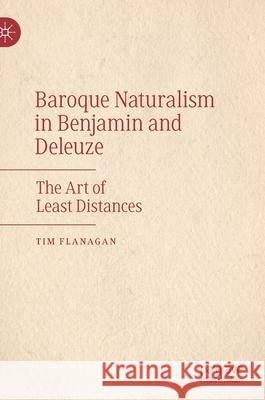Baroque Naturalism in Benjamin and Deleuze: The Art of Least Distances » książka
topmenu
Baroque Naturalism in Benjamin and Deleuze: The Art of Least Distances
ISBN-13: 9783030663971 / Angielski / Twarda / 2021 / 284 str.
Baroque Naturalism in Benjamin and Deleuze: The Art of Least Distances
ISBN-13: 9783030663971 / Angielski / Twarda / 2021 / 284 str.
cena 443,82
(netto: 422,69 VAT: 5%)
Najniższa cena z 30 dni: 424,07
(netto: 422,69 VAT: 5%)
Najniższa cena z 30 dni: 424,07
Termin realizacji zamówienia:
ok. 22 dni roboczych.
ok. 22 dni roboczych.
Darmowa dostawa!
Kategorie BISAC:
Wydawca:
Palgrave MacMillan
Język:
Angielski
ISBN-13:
9783030663971
Rok wydania:
2021
Wydanie:
2021
Ilość stron:
284
Waga:
0.56 kg
Wymiary:
21.01 x 14.81 x 2.24
Oprawa:
Twarda
Wolumenów:
01
Dodatkowe informacje:
Wydanie ilustrowane











